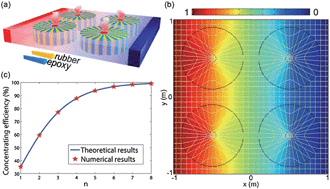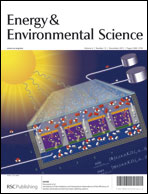Theoretical realization of an ultra-efficient thermal-energy harvesting cell made of natural materials
Abstract
Three-dimensional devices capable of efficiently harvesting light energy or microwave radiation from arbitrary directions are still challenging to make due to the stringent requirement of inhomogeneous and extreme material parameters. This usually requires the use of metamaterials and results in time-consuming and complicated fabrication, narrow bandwidth performance and huge losses, which prevent these devices from being extended to large-scale energy-related applications. In this paper, we demonstrate that thermodynamic cells harvesting heat energy in three dimensions can be achieved by employing naturally available materials with constant thermal conductivity. Particularly, the thermal-energy harvesting efficiency of the proposed devices is independent of geometrical size and may achieve nearly 100% with tunable anisotropy, much superior to the concentrating devices reported so far. Theoretical analysis and numerical experiments validate the excellent performance of the advanced thermal cells. We further show that such thermal cells can be practically realized by using two naturally occurring conductive materials in a simplified planar geometry, which may open a new avenue for potential applications in solar thermal panels and thermal-electric devices.


 Please wait while we load your content...
Please wait while we load your content...